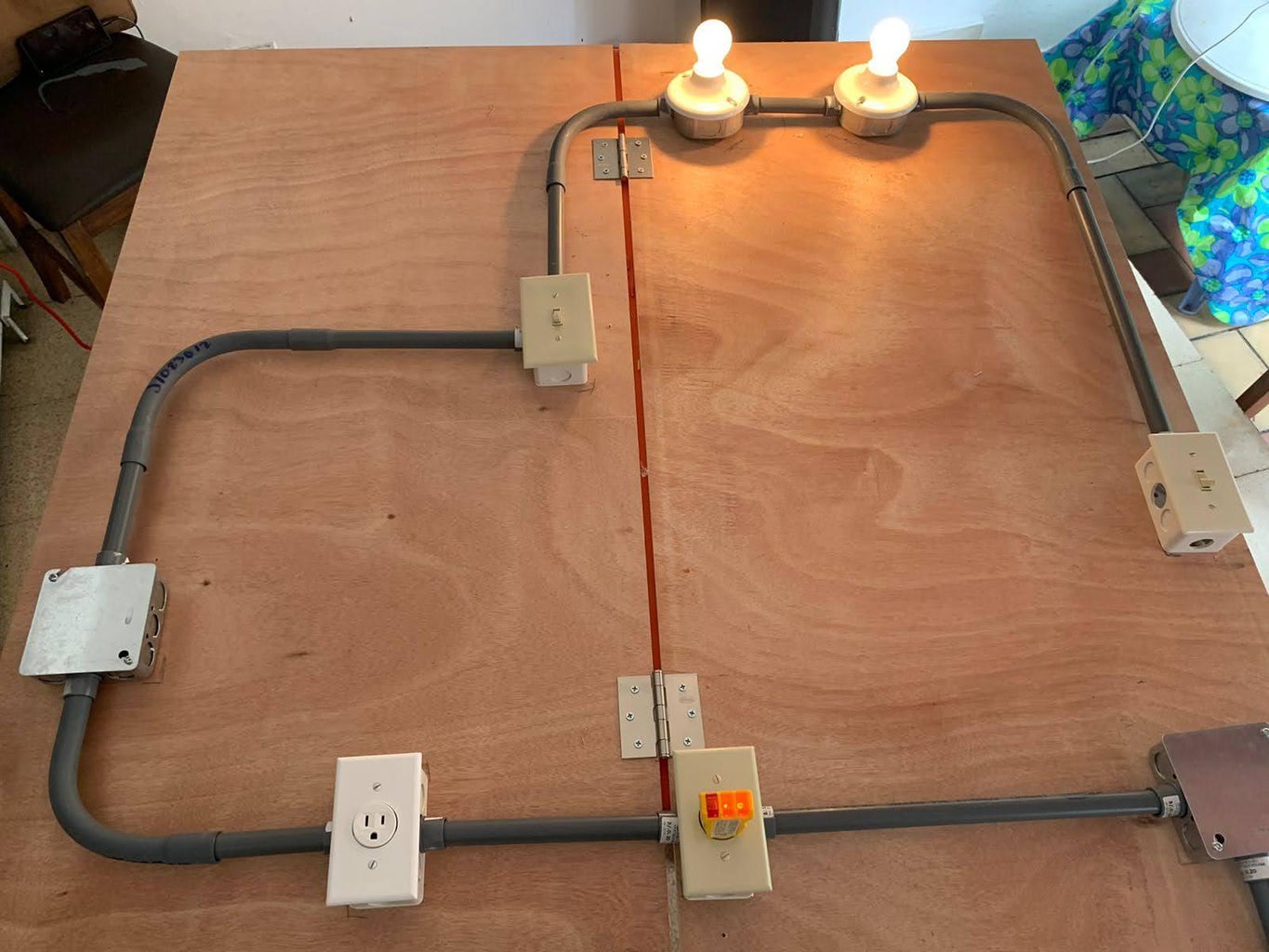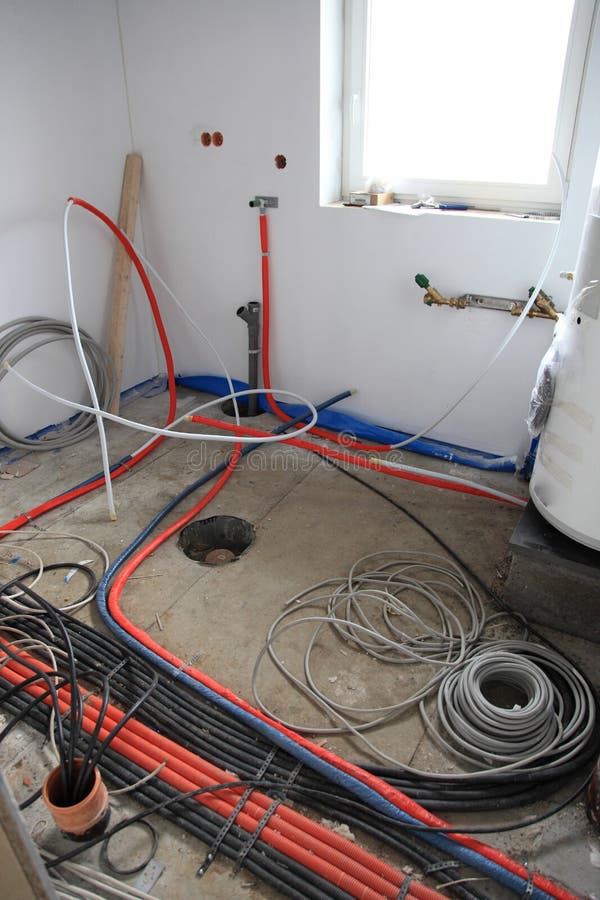Top-Notch BRE Electrical Services for Residential and Commercial Demands
Top-Notch BRE Electrical Services for Residential and Commercial Demands
Blog Article
Demystifying Electric Installation: Recognizing Codes and Rules for a Legal and Safe Arrangement
In the world of electrical installment, adherence to codes and policies is paramount to make certain both legitimacy and safety and security. The journey to debunking electrical installment goes beyond mere experience with laws; it demands an extensive understanding of just how to execute risk-free electric techniques efficiently.
Relevance of Electric Codes
The adherence to electric codes is vital in making certain the safety and security and integrity of electrical installations. Electrical codes offer as a set of requirements and guidelines that dictate the proper style, setup, and maintenance of electric systems. These codes are established to minimize the danger of electric threats, fires, and other safety worries that may occur from malfunctioning electric job.

In addition, electric codes are routinely updated to incorporate brand-new modern technologies, best methods, and safety measures. Remaining updated with these codes is essential for specialists in the electrical sector to ensure that their work meets the most up to date safety criteria. Inevitably, the significance of electric codes depends on producing a safe and effective electric framework that benefits both individuals and neighborhoods.
Key Regulations for Safety
A number of fundamental laws govern the safety and security standards in electric setups. One key law is the National Electric Code (NEC), which supplies standards for risk-free electrical layout, installation, and assessment to protect individuals and residential or commercial property from electrical hazards. The NEC covers aspects such as electrical wiring methods, grounding, overcurrent defense, and devices installation to ensure a risk-free electric system.
Another important law is the Occupational Security and Health And Wellness Management (OSHA) standards, which focus on the safety of workers associated with electric installations (BRE Services). OSHA regulations consist of needs for proper training, safety procedures, and personal protective devices to stop office accidents and injuries
In Addition, the International Electrotechnical Payment (IEC) requirements aim to balance electrical installment policies on an international scale. These standards address concerns like electric equipment security, electromagnetic compatibility, and power performance to promote uniformity and safety and security in electrical installations worldwide.
Conformity with these essential policies is necessary to make certain the safety and legitimacy of electrical installments, protecting both people and residential or commercial property from the risks linked with electrical energy.
Comprehending National Electric Code
Key laws such as the National Electric Code (NEC) supply necessary guidelines for secure electrical layout, installation, and examination to guarantee the defense of individuals and building from electrical dangers. The NEC, also referred to as NFPA 70, is a comprehensive set of criteria for electrical setups that are upgraded every 3 years. It is developed by the National Fire Security Organization (NFPA) and is widely embraced throughout the United States.
The NEC covers various elements of electric job, including electrical wiring approaches, grounding, overcurrent protection, and equipment setup. It intends to safeguard people and residential property by dealing with prospective threats related to electric systems. Compliance with the NEC is usually implemented by neighborhood authorities having territory (AHJs), such as building code officials and examiners.
Comprehending the NEC is vital for electric contractors, designers, and inspectors to guarantee that setups satisfy the essential safety requirements. By adhering to the NEC guidelines, professionals can help prevent electrical accidents and ensure the reliability of electrical systems in residential, commercial, and industrial settings.

Compliance With Local Building Regulations
Recognizing and adhering to regional structure codes is essential for making sure the safety and security and compliance of electrical setups within a details territory. These codes outline particular demands for electric installments, such as the kind of wiring to be used, placement of outlets, basing techniques, and lots abilities.
When it comes to electric installations, failing to conform with local structure codes can result in severe repercussions. Non-compliant installations might position safety threats, enhance the risk of electric fires, and lead to costly penalties or legal concerns.
Making Sure Safe Electrical Practices
Practicing stringent adherence to established safety methods is critical in the area of electric setups to alleviate prospective risks and ensure the health of people and buildings. Safety in electric job includes various facets, starting with the proper training of employees included in installation, upkeep, and repair work. By prioritizing secure methods, electric setups can function successfully while lessening the possibility of crashes or damage.
Conclusion
In verdict, adherence to electrical codes and laws is vital for guaranteeing the safety and security and legitimacy of electric setups. Understanding the National Electric Code and conformity with local structure codes are important for a secure setup. By adhering to these guidelines and exercising safe electrical techniques, individuals can protect against potential threats and guarantee the correct functioning BRE Electrical of their electrical systems.
Report this page